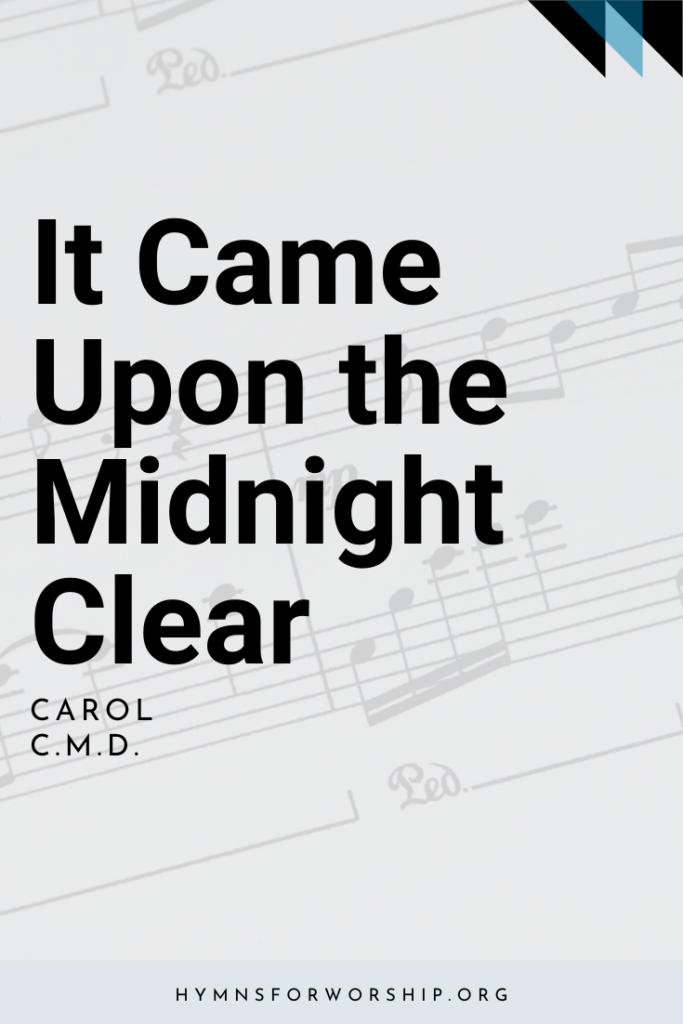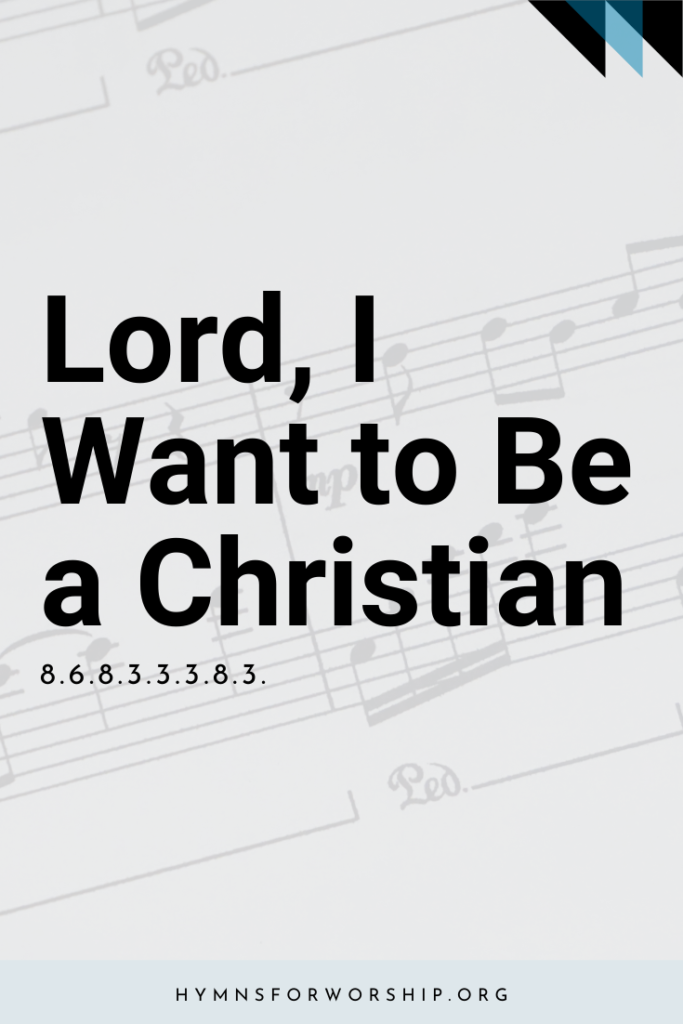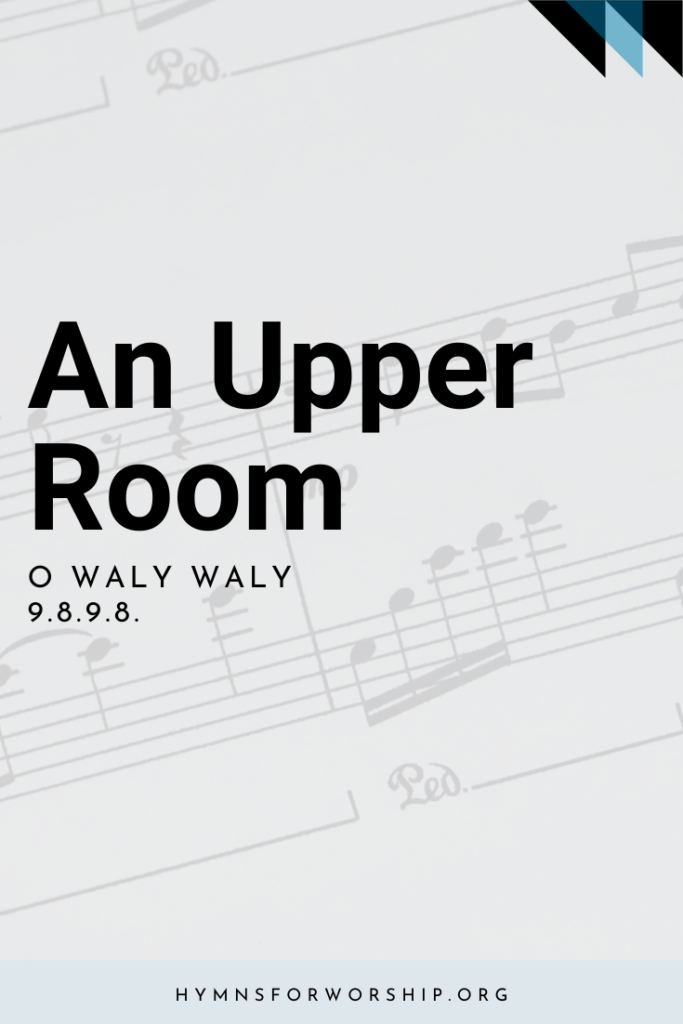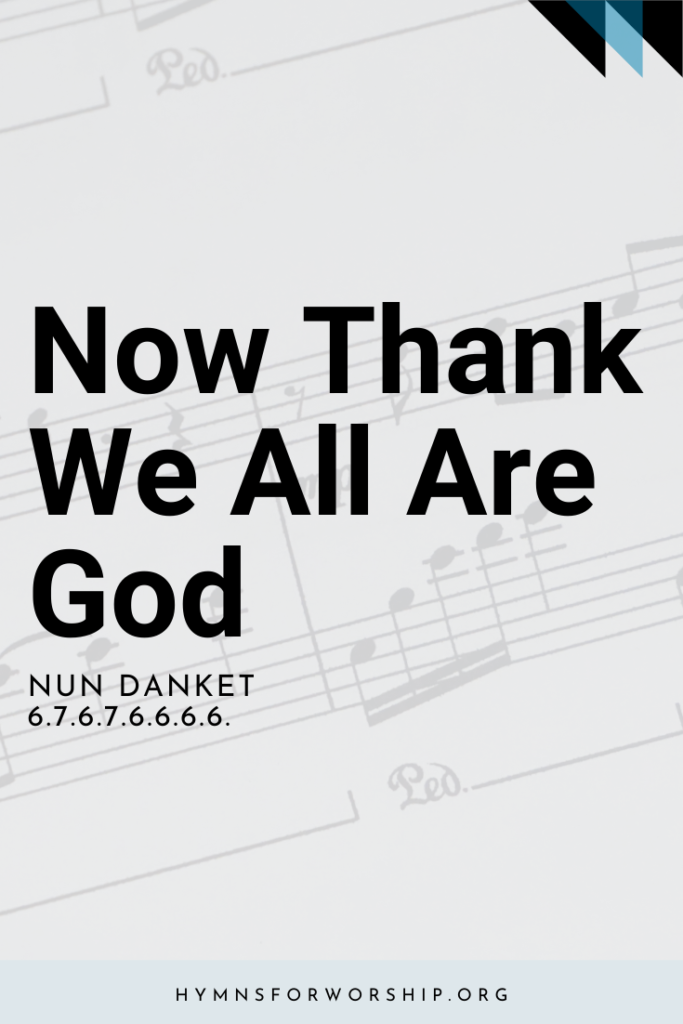CHRISTIAN CHURCH >> Mission of the church
SDAH 363
Lord, whose love in humble service
Bore the weight of human need,
Who upon the cross, forsaken,
Worked Your mercy’s perfect deed:


Text
1
Lord, whose love in humble service
Bore the weight of human need,
Who upon the cross, forsaken,
Worked Your mercy’s perfect deed:
We, Your servants, bring the worship
Not of voice alone, but heart;
Consecrating to Your purpose
Every gift which You impart.
2
Still Your children wander homeless;
Still the hungry cry for bread;
Still the captives long for freedom;
Still in grief we mourn our dead.
As you, Lord, in deep compassion
Healed the sick and freed the soul,
By Your Spirit send Your power
To our world to make it whole.
3
As we worship, grant us vision,
Till your love’s revealing light
In its height and depth and greatness
Dawns upon our quickened sight,
Making known the needs and burdens
Your compassion bids us bear,
Stirring us to ardent service,
Your abundant life to share.

Hymn Info
Biblical Reference
(a) Matt 27:46; 1 Cor 12:4 (b) Isa 58:6; Acts 10:38 (c) Eph 3:18, 19
Author
Albert F. Bayly (1901-1984)
Performance Suggestions
Unison
Copyright
Words by permission of Oxford University Press. Arrangement copyright 1978 Lutheran Book of Worship. Used by permission of Augsburg Publishing House.
Hymn Tune
BEACH SPRING
Metrical Number
8.7.8.7.D.
Tune Source
The Sacred Harp, 1844
Alternate Tune and Harmony
Harmony setting, SDAH 634; Alt. tune ABBOT’s LEIGH, SDAH 61
Hymn Score
Piano Accompaniment
Notes
Get to know the hymns a little deeper with the SDA Hymnal Companion. Use our song leader’s notes to engage your congregation in singing with understanding. Even better, involve kids in learning this hymn with our homeschooling materials.
The Servant’s life is an offering for our sins. The lyrics says, “Lord, whose love in humble service bore the weight of human need.” He was crushed for our infirmities that we may be healed. (Lesson 10, 1st Quarter 2021 -Thursday, A Transforming Reparation Offering, 3/4/2021)
Jesus did not consider himself alone but as one with his brothers and sisters in suffering, and with the Father’s heart, ministered to their needs even unto His own death on the cross of a broken heart. (Lesson 7, 1st Quarter 2023, Managing for the Master – Thursday, “Consider the Man Job”, 2/15/2023)
Albert F. Bayly (1901-1984; see Biographies) submitted this hymn text in June 1961, when the Hymn Society of America asked for new hymns on social welfare. Accepted after some revision, it was used as the conference hymn for the second National Conference on the churches and social Welfare, October 1961. First included in the 1964 Methodist Hymnal, it also appeared in Lutheran Book of Worship, 1978, with further alterations and set to BEACH SPRING, which unison version SDAH uses. Melvin West’s harmonization for four –part singing can be found at SDAH 634.
BEACH SPRING (named for Beach Spring Baptist church in Harris County, Georgia) is a tune from a large body of sacred songs that, until about 25 years ago, was largely ignored by hymnal editors—American folk hymns. Known generically as the Sacred Harp tradition, these hymns were either derived from English Scottish, and Irish folk songs, or were newly composed and sung in that folk song style. They were published in dozens of “country singing books” such as Kentucky Harmony, Harrisonburg, Virginia, 1816; Tennessee Harmony, Cincinnati, Ohio, 1818; Missouri Harmony, St. Louis, Missouri 1820; Southern Harmony, New Haven, Connecticut, 1835; and The Sacred Harp, Philadelphia, Pennsylvania, 1844, to name but a few. Only one of these books was published New England. All the rest were from the mountain country of the Southern states, where most of the people from scratched out their living in small farms. Gathering for hymn singing were a major source of fellowship and entertainment. The tune books used a system of shaped notes, the shape of the note head indicating the pitch, apart from its location on the lines and spaces of the staff. The tunes have a charm and simplicity characteristics of most folk music which endears them to our hearts and makes them easy to sing and remember.
The enduring quality of this hymn style is proved by the fact that The Sacred Harp songbook is still selling well after more than 140 years and eight revision—the latest (at this writing) in 1971. And regular sacred Harp singing conventions are held regularly in many locations in the south, as well as in parts of the Midwest and New England.
The following is Wayne Hooper’s account of a personal encounter with the Sacred Harp tradition:
“It was my privilege to attend an all-day Sacred Harp ’sing’ in June 1985 at the village of Villa Rica, Georgia, just west of Atlanta. As we drove up to the Primitive Baptist Church, a simple white rectangle building surrounded by oak trees and grassy lawn, the powerful sound of unaccompanied singing was already pouring forth from open doors and windows. Inside, we took our seats with the ‘listeners’ and began to soak up this unique experience.
“The unadorned room was all of wood, so the acoustics were great for hymn singing. Some 60 singers were sitting on the hard pews, arranged in a hollow square. The leader stood in the middle, beating time with up-and-down hand motions, no matter what the tempo or meter. Men and women sang the ‘led’ or melody, and were seated in the section facing the leader. Tenors were to his left, basses to his right, and altos behind him.
“The secretary had the names of all who wished to lead. As soon as one finished, she would read the name of the next leader. He or she would go to the center and call out the number to be sung, and which stanzas. A lead singer on the front row would strike his tuning fork and from that, by relative pitch, sing the ’do,’ ‘mi’ ‘sol’ of the tonic chord. All the singers would sing the first chord, then they all sang the hymn in four-part harmony, all the way through on the ‘sol’-‘fa’ syllables. After that, the words of the announced stanzas were sung, in a style that is like no other music anywhere.
“There was no attempt at polish or sophistication. I guess one of my dad’s little admonitions for singers, ‘Just open your mouth and let the sound roll out!’ most aptly describes what happens. The narrow range of dynamics runs from f to ff, and that is matched with a rather front-of-the-mouth formation of the vowels, and voices that are powerful and on the brilliant side, the effect is positively awesome!
“There are 547 pages of music in the 1971 edition of The sacred Harp, but it made the difference which song was chosen by the leader—they sang it well and with enthusiasm, I noticed that many of the singers were singing from memory, possibly from long association with this revered book. (I Primitive Baptist Church for 75 years!)
“During the intermission for lemonade, I spoke with Hugh McGraw, the guiding light of the Sacred Harp movement at Bremen, Georgia. I told him of my father’s involvement with this style of music and singing. Thomas Jefferson Hooper grew up in this tradition in Alabama and Oklahoma, and he himself conducted a number of ’10-day singing schools,’ which were popular around the turn of the century, I also told McGraw of my work with the committee for SDAH, including the fact that we were going to have a good number of the hymns in our new book. When the singing resumed, he took me in, sat me down among the basses, and handed me his own book to sing from. A few minutes later, to my surprise, the secretary called out my name to be the next leader! McGraw introduced me, telling them I had come all the way from California to sing with them. After all the directing I have done in my life, my rapid heart rate signaled that I might not be able to get that ‘up-and-down beat’ just right!
“Choosing to lead first THE MORNING TRUMPET (see SDAH 448), I said, ‘I may not have the tempo.’ One of the basses right up with ‘We’ll let you know!’ and they did. The man with the tuning fork set the pitch, and then helped me get started with his hand motions into their accustomed way of singing that hymn, what a thrill it was to hear this hymn of the Second Coming echo through that old building, in the same style that was set in motion in 1844 by B.F. White, the man who wrote the tune! Next I led HOLY MANNA (see SDAH 1870, I could see that they were having a good time, watching me enjoy my first experience at leading a group of Sacred Harp singers.
“At 1:00p.m the music began again and continued until 3:30, making a total of nearly five hours of singing! And no one seemed any the worse for wear. For me it was a most exhilarating day—a golden opportunity to be a part of a hallowed tradition that has been going on in America for more than 150 years!”
To learn more about this tradition and its music, read White Spirituals in the Southern Uplands, by George Pullen Jackson, Dover Publications, 1965.
The hymnal Committee recognized the beauty and universal appeal of these American folk hymns, and voted to include a significant number of theme to enrich our singing experience. The following list gives the hymn number in SDAH; the tune name, if any: and the first line or tile of the hymn, text:
104 RESIGNATION My Shepherd Will Supply My Need
108 NEW BRITAIN Amazing Grace
162 WONDROUS LOVE Wondrous Love
187 HOLY MANNA Jesus, What a friend for sinners
215 MORNING SONG The king shall come
576 MORNING SONG Awake, Awake to Love and Work
236 I LOVE THEE I Love Thee
280 RESTORATION Come, Ye sinners
299 DETROIT Forgive Our sins as We Forgive
334 NETTLETON Come, Thou Fount of Every Blessing
363 BEACH SPRING Lord, Whose Love in Humble Service
634 BEACH SPRING Come, All Christians, Be Committed
406 TWENTY-FOURTH Love Consecrates the Humblest act
420 LAND OF REST Jerusalem, My Happy Home
434 CONTRAST We Speak of the Realms
437 I’m Going Home
438 OLD CHURCH YARD You Will See Your Lord A-Coming
446 NEW JERUSALEM Lo, What a Glorious Sight Appears
447 GREENVILLE Long Upon the Mountains
448 MORNING TRUMPET O, When Shall I See Jesus
451 CANAAN Together Let us Sweetly Live
454 WARRENTON Don’t You See My Jesus Coming?
464 PISGAH When I can Read My Title Clear
509 FOUNDATION How Firm a Foundation
620 PROMISED LAND On Jordan’s stormy banks
622 ALL IS WELL Come, Come, Ye saints
631 EMERALD GATES When on Life a Darkness Falls






